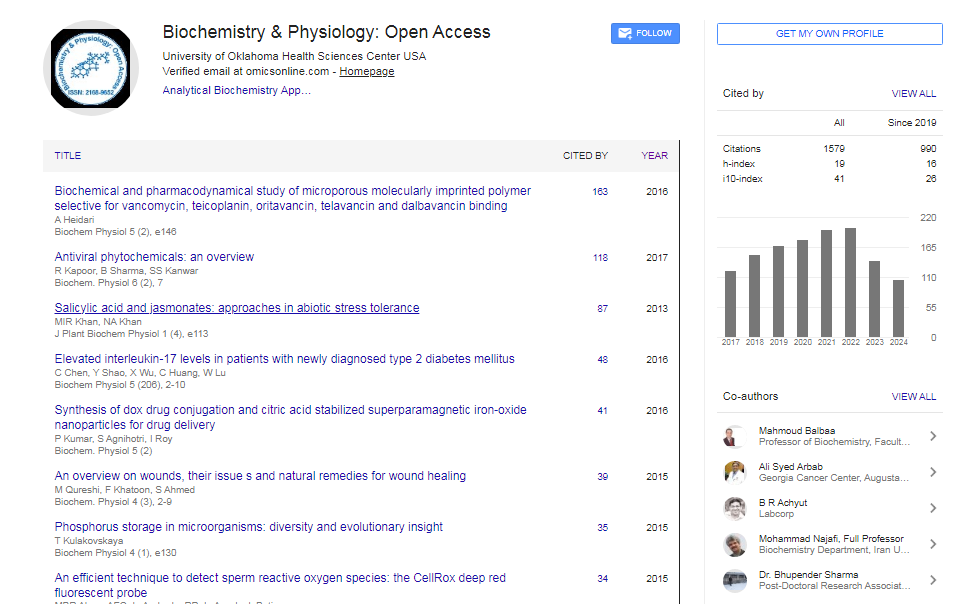HDAC Allostery: A Therapeutic Target for the Management of Diabetes and Its Complications
*Corresponding Author: Nurudeen Owolabi, Department of Biochemistry, University of Ilorin, Ilorin, Nigeria, Tel: 08142511751, Email: naowolabi@student.lautech.edu.ngReceived Date: Apr 30, 2022 / Published Date: Jul 06, 2022
Citation: Owolabi N (2022) Hdac Allostery: A Therapeutic Target for the Management of Diabetes and Its Complications, Nigeria. Biochem Physiol 11:395.
Copyright: © 2022 Owolabi N. This is an open-access article distributed under the terms of the Creative Commons Attribution License, which permits unrestricted use, distribution, and reproduction in any medium, provided the original author and source are credited.
Abstract
A few decades ago, Diabetes Mellitus (DM), as well as its complications was and till date, remains, a threat to the medical and economic sectors of the world. DM is a polygenic metabolic syndrome with varying types, which include type 1 DM, type 2 DM, and Gestational Diabetes Mellitus (GDM). These have different etiologies but share similar symptoms. Though the full pathogenesis of DM is yet to be unraveled, it is of great importance to note that a strong genetic correlation exists between HDAC and DM and its associated complications. HDAC is a superfamily of enzymes that function in the catalytic removal of acetyl groups from Ɛ-amino groups of lysine residues. It is believed that targeting HDAC with the use of HDAC inhibitors will be a key tool to regulate the catalytic function of HDAC towards ameliorating or reversing the complications associated with DM. In this review we summarize the forms of dabetes, classes of HDAC relationship between etiology of diabetes and HDACi Insulin resistance and HDACi and pharmacological target of HDAC.

 Spanish
Spanish  Chinese
Chinese  Russian
Russian  German
German  French
French  Japanese
Japanese  Portuguese
Portuguese  Hindi
Hindi 